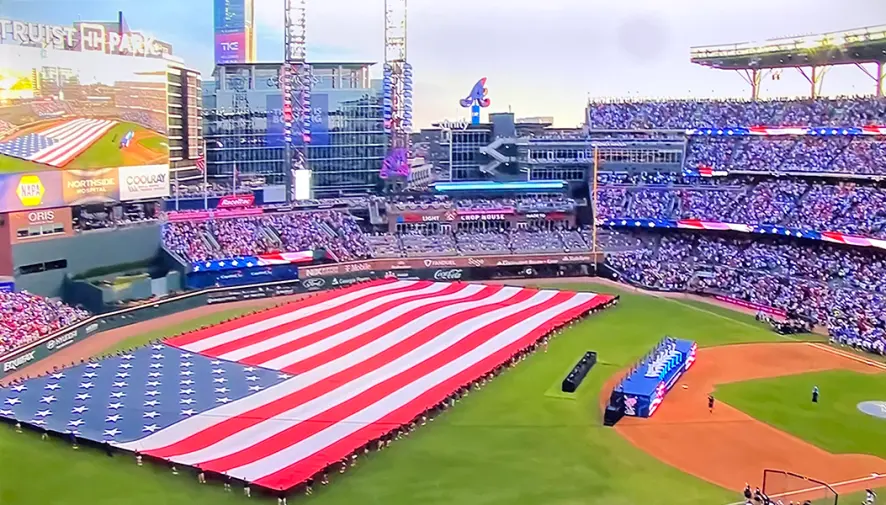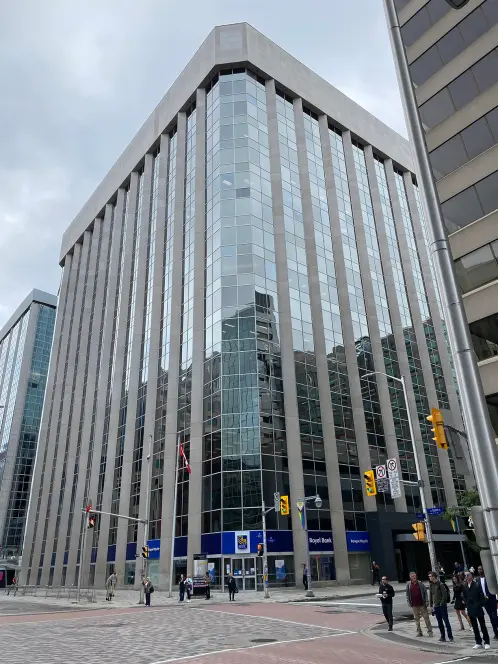Celebrating Summer Wins: From MLB All-Star Week to Notable New Projects

TK Elevator Powers Growth across North America
As we head into the fall and winter months of 2025, we’re reflecting on the momentous summer our teams have had across the U.S. and Canada.
From the national spotlight of MLB All-Star Week to significant sales wins, we continue to show what it means to move people — and industries — safely and efficiently.
Across the Southeast, TK Elevator is supporting landmark projects, such as The Residences at 1428 Brickell in Miami. This a 70-story residential condominium, developed by Ytech, is already under active construction and more than 50 percent sold, with sweeping views of Biscayne Bay.
In Texas, we’re proud to support the expansion of Cook Children’s Medical Center in Fort Worth with a full suite of elevator solutions to help move patients, families and staff efficiently and comfortably throughout the new space.
On the West Coast, TKE will be part of a significant modernization project as the former Las Vegas mainstay, The Mirage, is transformed into the Hard Rock Las Vegas Hotel and Casino.
The Ottawa team in Canada secured a 10-car modernization win for a building we’ve serviced since it was constructed in 1978. The original elevators were Dover-Turnball equipment that were later modernized to TAC50. The new modernization will be TAC32T controllers that include destination dispatch, MAX Link and MAX multimedia monitoring. A tremendous example of the power of long-term customer relationships in driving sustained business growth.

Moving Fans and Making an Impression at MLB All-Star Week
During MLB All-Star Week, TK Elevator was front and center — literally. The LED screen on our Atlanta test tower lit up the skyline with a warm welcome to fans and players, while Atlanta’s NBC affiliate, 11Alive, broadcast live from our Innovation and Qualification Center. With more than 13 million viewers tuning in to the Home Run Derby and All-Star Game, the TKE brand was proudly on display.
Elevating the Customer Experience, One Insight at a Time
Finally, TKE launched a customer engagement initiative to deepen relationships with key clients and gather insights to help us enhance the customer experience at every touchpoint. One powerful takeaway has been the critical role our technicians play in delivering exceptional service.
Here’s what customers are saying:
“Your branch manager is outstanding. We've had some complications, and she was right on top of it. Your company is very good, [and] your branch manager is A+ Excellent. A competitor contacts us every other month. Because of your branch manager, we will never leave.”
“The technicians are stellar and extremely knowledgeable. Service calls are dealt with expediently. Administratively, the personnel care about solving problems and steer the best technician to the job site.”
Looking ahead to the rest of the year, we’ll continue building on this momentum — driven by a relentless focus on our customers, empowered teams across the Americas and a shared vision to lead the industry.
 United States
United States

